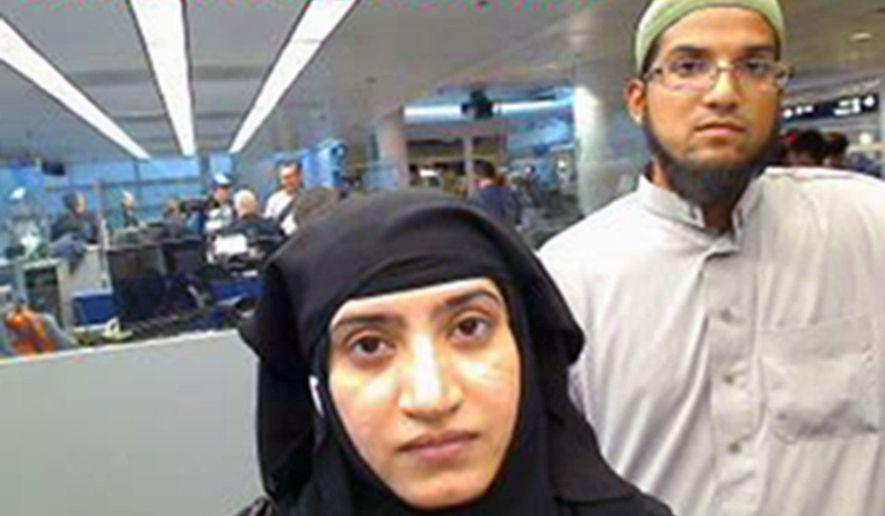|
Muslim leaders need to reflect, not deflect
By Renee Garfinkel
When I hear about the latest bone-chilling crime committed by a member of a group, I ask, “Is this the action of a few very bad apples, or is there something rotten about the barrel?” The question becomes more poignant when the “barrel” in question is a religious community. If you’re fortunate enough to belong to a religious community, you know its many benefits — fellowship, mutual aid, spiritual connection and worship, to name a few. Perhaps the greatest spiritual gift is the opportunity for self-examination that supports moral change and personal growth. Every religion I know of includes the possibility for individual repair, repentance and renewal. But what happens when the community itself is in need of repair? What if problems in the community implicate a “bad barrel?” Too often, a religious community will resist facing the possibility of its own culpability in the moral failures of its members. The current movie “Spotlight” brings to the screen the real-life situation of pedophile priests in the Catholic Church. The church and the larger Boston community colluded in denial and cover-ups for many years. Those who tried to expose the crimes found themselves sidelined, maligned and intimidated. It took an outsider with investigative resources and the power of the press, a new, non-Bostonian editor of the Boston Globe, to see that the problem was systemic. It led up through the highest levels. Boston was indeed a bad barrel. Only when that truth was faced could the institution begin to change, its victims begin to heal. What happens when mass murderers arise from within religious communities? Let’s see how two communities responded. Seung-Hui Cho, a student at Virginian Polytechnic Institute went on a shooting rampage that left 32 people dead and 17 wounded. His community was devastated by sorrow and shame. The Korean Central Presbyterian Church in Centreville, Virginia, is racially and culturally distinctive, and as a vulnerable minority, they worried about the risk of reprisals. So they protected themselves with additional security. But fear of retaliation did not dominate their response. It did not stop there. It proceeded through self-examination. Although Cho had been clearly mentally ill, the community questioned what it might have done to help him and his family earlier. What support or intervention might have prevented his massacre, they wondered. Some of their religious leaders called on the community to participate in a 32-day fast, one day for each victim, for repentance. Theirs was a truly religious response. Compare that to the Muslim community’s response to the San Bernadino mass shooting that left 14 people dead and 22 seriously injured. The murderers were a couple, Syed Rizwan Farook and Tashfeen Malik, strictly religious Muslims who attended a local mosque. How did the leadership of the American Muslim community respond? They strongly condemned the murders … and then changed the subject to their fear of reprisals. Full stop. With a now-familiar script orchestrated by CAIR (Council on American-Islamic Relations), the media are led to focus on the subject of potential threat to the U.S. Muslim community rather than the actual threat of violence from radical, extremist Muslims. The script has various ways of deflecting responsibility away from Islam and the Muslim community. One is the bogeyman of Islamophobia. Muslim leaders have it wrong when they project “Islamophobia” onto the general public. The real “Islamophobia” is the Muslim community leaders’ fearful aversion to looking inside themselves. As violence continues to arise from within the Muslim community, can they still close our eyes and say “it’s a few bad apples,” or is it time to examine the barrel?
|
.
Any original material on these pages is copyright © BishopAccountability.org 2004. Reproduce freely with attribution.
